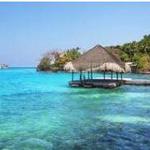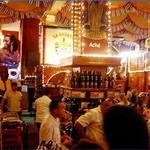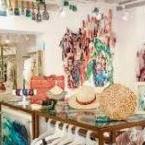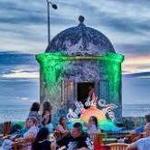Manuela & Adrian
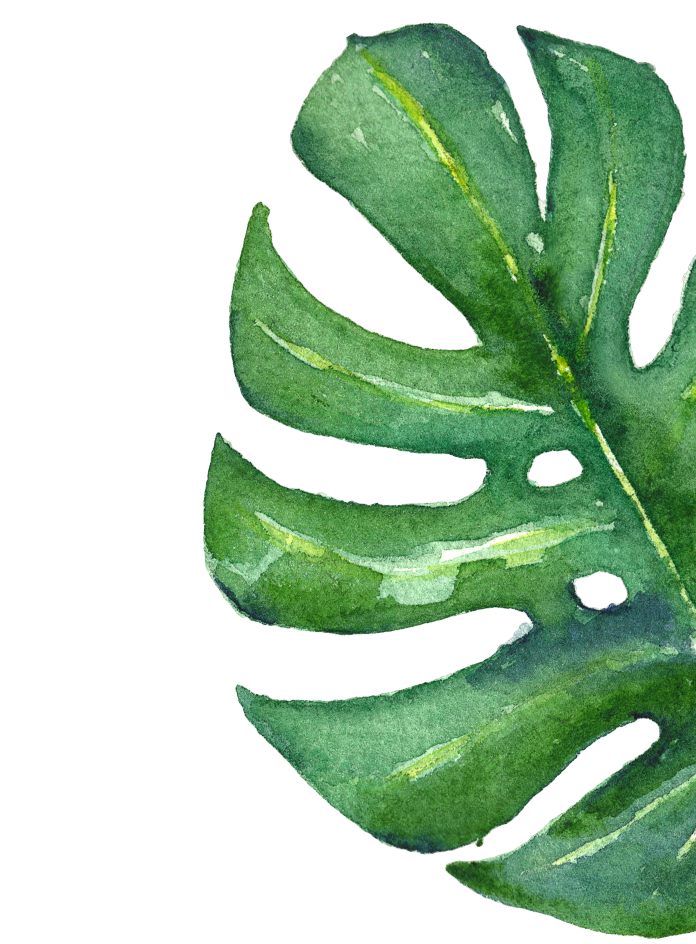
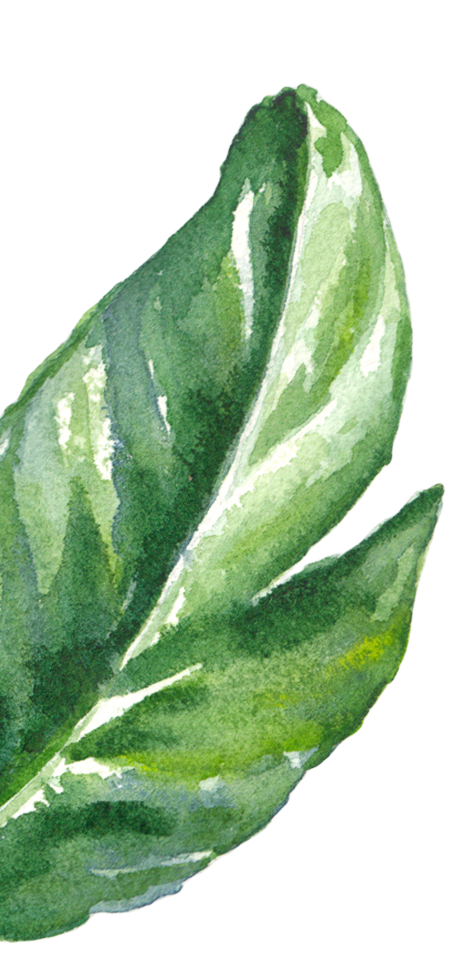
Things to Do
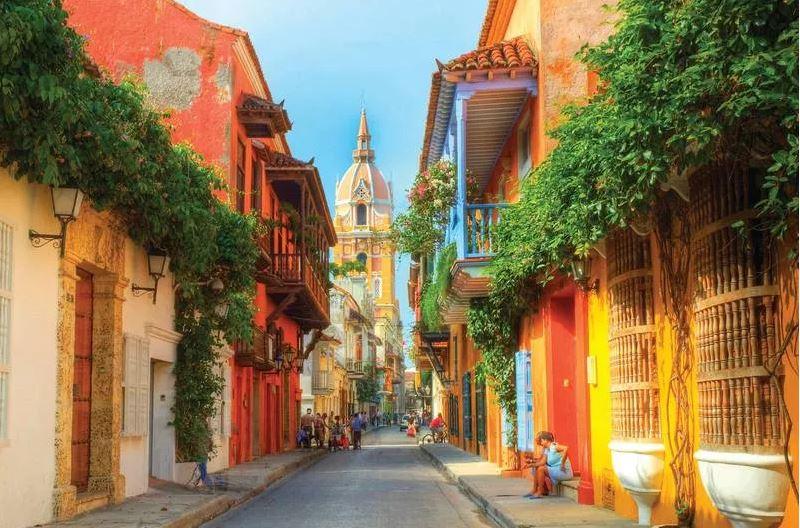
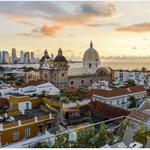
Stroll the Walled City
The walled city of Cartagena is a mix of culture, architecture, artistry and modernism. The city is known for its vibrant alleys (you'll be able to capture perfect instagram pics!). There are lots of restaurants, shops, street vendors, and street performers.
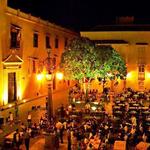
Plaza Santo Domingo
Sit back and enjoy a fresh juice in the Plaza Santo Domingo. This charming area is home to Fernando Botero's famous 'Gordita' (aka the fat lady statue). See the Mapale dancers. These troupes, usually accompanied by a couple of drummers, perform a stunning dance that can trace its origins hundreds of years back to Africa.
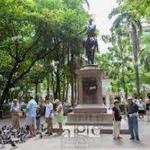
Bolivar Plaza
Take a stroll through the Plaza Bolivar. Recently restored, it is a lovely place to sit and check out the massive statue of Simon Bolivar, enjoy dancing by local street performers, or walk over to the cathedral nearby that dates back to 1575. If you have time, wander into this cathedral and learn the fascinating history of the building, that includes being partially destroyed by Sir Francis Drake in 1587.
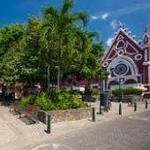
Plaza de San Diego
Visit the equally picturesque Plaza San Diego. During the day, the trees lining this pretty little plaza offer cooling shade from the sun. It comes alive at night, when people fill the restaurant tables to enjoy great food while watching the world go by. Just next door is the impressive grand dame hotel, the Sofitel Legend Santa Clara. Head inside the historic hotel to have a look around. This landmark was a former convent, and below the bar is a crypt that inspired Colombia's Nobel Laureate, author Gabriel Garcia Marquez's novel "Of Love and Other Demons". Then, continue walking and check out the post-modern residence of the famous author just nearby.
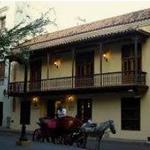
Museo del Oro Zenú
Visit Cartagena's Museo del Oro (Gold Museum). Located in a charming colonial house on the Plaza Bolivar, across from the Palacio de la Inquisicion, the Zenú Gold Museum boasts priceless insight into the pre-Colombian culture of the Caribbean. The 2 main exhibits celebrate the intricate metallurgical and ceramic arts of the Zenú indigenous population that have inhabited the area between the Sinu and Magdalena Rivers for more than 2,000 years. Gold has been central to Cartagena's development since it was founded in 1533 and it was founding father, Pedro de Heredia that headed the first expedition up the River Sinú in search of gold. (Note, the museum is closed on Mondays).
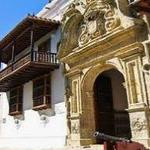
Palace of the Inquisition Cartagena Historical Museum
top by the Palacio de Inquisicion just off Plaza Bolivar to see the ancient site of judgement and the tools of torchure used by the Spanish Inquisition. Constructed in the 18th century, the Palace of the Inquisition is one of the most impressive examples of Spanish colonial architecture in Cartagena and its grandiose baroque entrance, interior patio, and expansive gardens are testimony to the seriousness with which Colombia's 18th century rulers took to the task of freeing heretics from the demons that threatened their passage to heaven. The Holy Office, as the Spanish Church euphemistically termed its torture division, was first established in Cartagena in 1610 and continued its gruesome trade until independence in 1811.
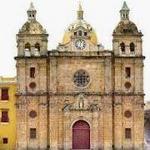
Cathedral de San Pedro Claver
Pop inside the Cathedral de San Pedro Claver. Dating from 1575, the building had to be rebuilt after Sir Francis Drake partially destroyed it in 1586. San Pedro was a Spanish Jesuit who baptised hundreds of thousands of African slaves. Look for the stained-glass window and the dramatic series of paintings that depict his life.
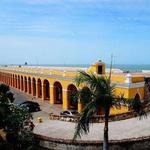
Las Bóvedas Market (The vaults)
Explore Las Bóvedas, which means "The Vaults" in Spanish. They were originally built for military purposes in the late 18th century to store munitions. They were later used as a dungeon during the civil wars of the independence era period, and it's said that at high tide, the prisoners would be up to their knees in sea water. Las Bóvedas has 47 arches and 23 domes and was constructed by engineer Antonio de Arevalo between 1792 and 1798. Today the vaults make for a charming shopping experience, as they are filled with Colombian handicrafts to bring home as souvenirs.
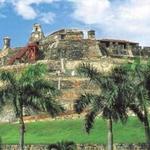
Castillo de San Felipe de Barajas
Climb and explore the Castillo San Felipe de Barajas (San Felipe de Barajas Castle) in the early morning or late afternoon to watch the sun sink behind the rampart walls. This magnificent fortress built from 1656-1769, is proof that the pirates of the Caribbean did exist. Some 300 years ago, the city repelled attacks of French and English pirates from this castle's massive stone and coral walls.
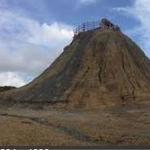
El Totumo
Be brave & head to the Volcan del Totumo. Located 2 hours outside of Cartagena, there are few places like this alternative spa where you can walk around covered in mud and go completely unnoticed. As well as being great fun (if you're into this sort of thing) this earthy treatment will supposedly leave you looking and feeling radiant. CNN's Anderson Cooper is a fan. Be sure to wear a non-favourite swim suit under a light cover-up.
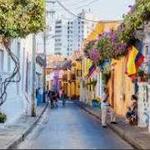
Getsemani
Stroll or rent a bicycle to tour through Getsemani. This neighbourhood has its own character that reveals itself the moment you see La Puerto del Reloj (the clock tower). This bohemian neighbourhood was originally built for slaves in the 18th century. Now its charm is reminiscent of Old Havana and the short, pastel-coloured houses enchant everyone who visits.

Sofitel Legend Santa Clara's Spa
Relax with a massage at the Sofitel Legend Santa Clara's SoSpa. The serene 8,000 sq ft space has eight treatment cabins, a hammam, Jacuzzi, and relaxation areas for groups or individuals post treatment. The spa uses exclusively, Sisley Paris products.
